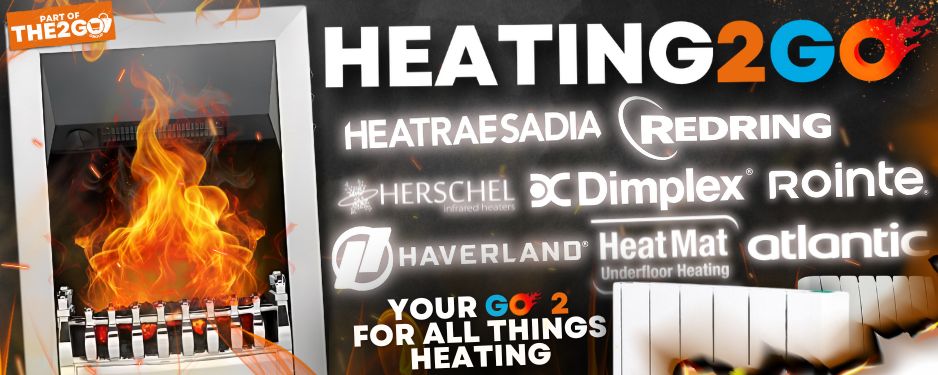Just for info read here, the press rumors are circulating like wildfire that there will be an announcement at 7am tomorrow morning...
Here we go again- Feed in tariff cuts to come in weeks | Electricians Forums
Got my DECC twitter feed on ...
Here we go again- Feed in tariff cuts to come in weeks | Electricians Forums
Got my DECC twitter feed on ...
Last edited:



